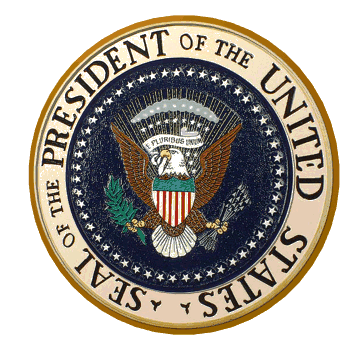 TheUSAPresidents.com
TheUSAPresidents.com 
 TheUSAPresidents.com
TheUSAPresidents.com 

A. Cooley, Public domain, via Wikimedia Commons
The Anti-Masonic party is considered to be the very first notable third party in the United States. Formed in the late 1820s, it stood against Freemasonry.
In 1826, William Morgan, a resident of Batavia, New York, disappeared and was believed to be murdered by Freemasons after he told people he was making a book exposing secrets about Freemasonry. A lot of people were outraged by this, and it led to the beginning of the Anti-Masonic party which was formed after Morgan's presumed death.
The Anti-Masonic party was formally known as a single-issue party, meaning that the party only had a stance on one issue. In this case, their one stance was being against freemasonry.
In the 1832 election, the party ran their first presidential candidate, William Wirt, who got 7 electoral votes and 7.8% of the popular vote. After the election, though, almost all political culminations that opposed president Andrew Jackson all came together to form the new Whig party. This would include the Anti-Masonic party, causing the party to disintegrate. Some core members of the party, though, held a meeting in 1837 to discuss the future of the party. Among those people was former president John Quincy Adams. The party would make their last presidential nomination in 1840, nominating the Whig ticket in the 1840 election.
TheUSAPresidents.com
About Us Legal Political policy Reliability
Information on this site should not be plagiarized. This site is intended for hobby purposes, not commercial. Visit here for more information.